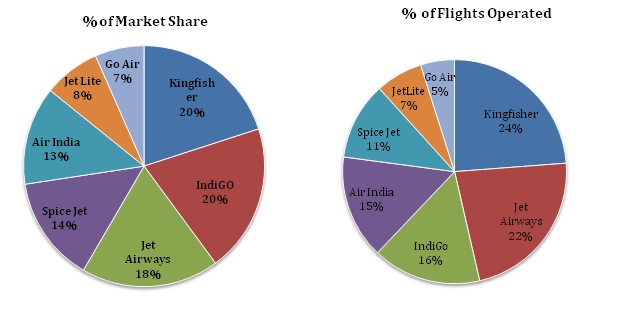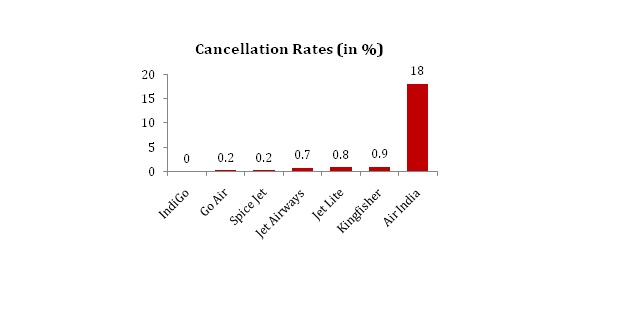A few weeks ago, the Business Standard reported that the Rangarajan Committee had recommended doing away with the distinction between plan and non-plan expenditure in the accounting sphere on grounds that it was outdated and that abolishing this would simplify the management and classification of government expenditure. While this doesn’t really fit the profile of a glamorous stranger offering a hard-boiled detective a case,[i] I was nonetheless intrigued by what I thought was a new development, and decided to investigate.
Let’s start with a brief background and a basic sketch of the suspect. The Indian budget classifies expenditures in three ways –
- Plan and non-plan expenditure,
- Revenue and capital expenditure, and
- Developmental and non-developmental expenditure.
These distinctions are not mutually exclusive, they are just different ways of classifying, each with its own distinct rationale and they are inter-related at least to an extent. So, let’s start with the last first.
Development expenditure, broadly speaking, includes expenditure on all activities that directly promote economic development and social welfare; some items are education, health & family welfare, water supply and sanitation, agriculture, labour and employment, irrigation, transport, rural development, science and technology amongst others. Non-development expenditure, on the other hand, includes money spent on defence, preservation of law and order, maintenance of the general organs of the government, such as the judiciary, legislature and elections. Development expenditure is thus the primary focus of five year plans.
Coming to the second classification now: capital expenditure is money spent on creation of new assets – so money spent on building a new road, a new hospital, a new school etc. would fall under this category. Money spent on activities not related to asset creation falls under the purview of revenue expenditure, for instance, interest payments, salaries of employees and all forms of maintenance expenditures.
And now, finally to the one that we are concerned with: plan vs. non-plan expenditure. Plan expenses comprises of money spent on projects that are a part of the government’s five year plan and comprise of both revenue and capital expenditure while non-plan expenditure is basically the remaining expenditure, consisting primarily of interest payments, subsidies and defence expenditure. So, a plan grant meant for establishing new hospitals can be used for both constructing buildings and salaries of project directors. Which brings us to the interesting point – there seems to be a lack of a clear economic rationale behind this classification. While it makes sense to distinguish between asset creation and maintenance as in the case of capital and revenue expenditure (though this too has had its share of detractors, but that is a story for another day), the distinction between plan and non-plan expenditure seems to have its roots in administrative convenience rather than anything else. And while this distinction may have simplified budgeting in some cases (it is very easy to tell the plan allocation/expenditure by merely glancing at the accounts; it also helps in keeping track of plan size across ministries and departments), it has created some administrative problems of its own!
To understand the first problem, let’s assume that governments (central/state/local) prefer more money to less. New projects are a bulk source of funds and thus one of the main problems with this dichotomy is that it has led to an artificial emphasis on new schemes and a corresponding neglect of existing schemes. The 12th Finance Commission (12th FC) commented on this trend, saying that states often continue old plan schemes as part of the new plan so as to show a higher size of the plan. The plan – non-plan distinction has also led to the perception that non-plan expenditure is inherently wasteful and has to be minimized. According to the 11th Five Year Plan, this has seriously impaired the service delivery in the social sector where salary costs are high and there are frequent bans on recruitment. This stepmotherly treatment of the maintenance side led the 12th FC to attack this distinction saying that an inflated plan size is at best an “optical illusion” of development if maintenance and upgradation of service delivery of existing facilities is ignored.
For the second, we take a look at the operational aspect of a plan. Formally, the duration of the central plan is restricted to 5 years and unless there is a recognised spill-over, programmes started in a plan are transferred to the central or state governments which have a shorter planning horizon of 1 year, a single budget cycle. So, programme operation and management changes hands either within the same ministry or department or at different levels of government and what was plan expenditure till now becomes non-plan expenditure henceforth with a corresponding change in funding priorities, rules and procedures! In addition, all posts that had been created from the plan side are ferried across to the non-plan side as well and if the plan had been inflated, the non-plan side too expands.
The economist Arvind Virmani uses the example of a construction of a new specialty wing in an existing hospital to illustrate the above problems: initially funded by the plan, the wing becomes the responsibility of the hospital after construction is completed and equipment is bought. However, the budgetary rules may not have been changed and this may give rise to one or more of the following possibilities:
- The new wing may be underutilised or worse, remain unutilised because no new staff can be appointed
- The old wing may no longer be operational because the staff have been transferred to the new wing, but even so the latter is not fully functional since specialised staff may be needed to operate the new equipment
- Both wings are operational as new staff have been appointed, but inadequate budgetary provision towards inputs and raw materials inhibit peak operational efficiency
- Inadequate funds are budgeted for maintenance so the total stock of equipment declines rapidly despite the new addition, so that the quantity and quality of services supplied is barely maintained at old levels instead of increasing/improving significantly.
The final case is ubiquitous, and generally occurs in addition to one of the other three.
A curious thing that you’ve probably noticed is that I have used a lot of government reports in this blog; in fact even Dr. Virmani has served as the Chief Economic Advisor at the Department of Economic Affairs, MoF. Furthermore, the report of the 12th FC came out in November, 2004 and the 11th Five Year Plan started in 2007. Hence, the Rangarajan committee is actually reiterating (Dr. Rangarajan was the Chairman of the 12th FC) something that has been in the works for a number of years now. The Planning Commission itself stated “the case against the use of these categories, both on grounds of illogicality and dysfunctionality, is indisputable” and other mechanisms allowing rational and effective performance of requisite functions of expenditure management should be devised. The process of rationalisation was to be taken up during the 11th Plan period. We have time till December 2011 to close the case.
References
- The Business Standard article is available here
- Report of the 12th Finance Commission available here
- 11th Five Year Plan, Vol. 1, Chapter 3: Financing the Plan, available here
- Virmani, Arvind (2007) Planning For Results: The Public Accountability Information System, Planning Commission Working Paper No.1 /2007-PC available here
[i] Yes, I admit I like film noir. And so does Calvin (if you’re interested in his Tracer Bullet avatar, click here.)




